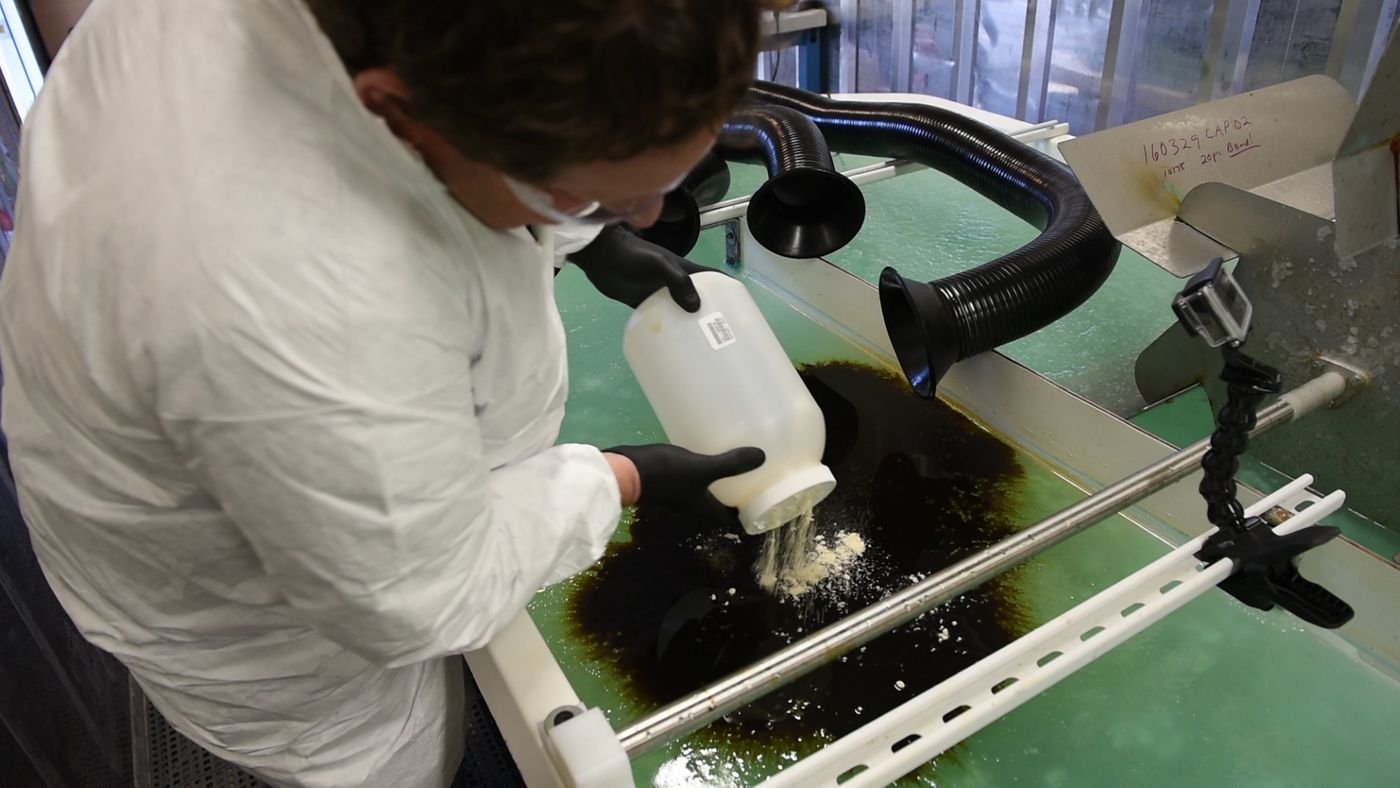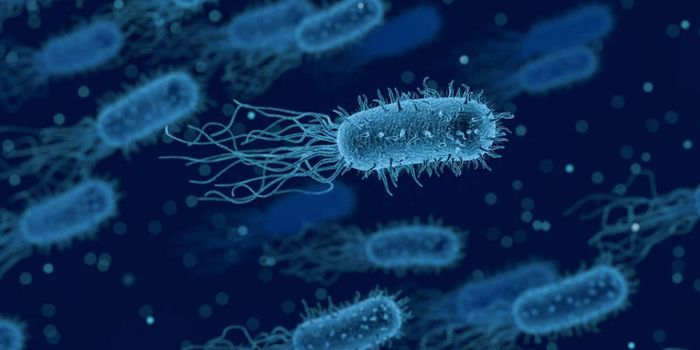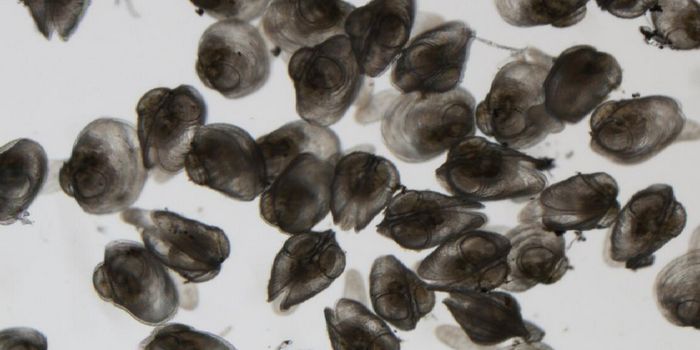Turning Sawdust Into an oil Spill Super Sponge
Sawdust is generally thought of as a byproduct that isn’t useful for much, but scientists at the Department of Energy's Pacific Northwest National Laboratory (PNNL) have used it as a base to create a kind of sponge that might be a big help to a cold environment in case of an oil spill. They have made it buoyant and highly attractive to oil, especially for use in the frigid and rough Arctic Ocean, an area opening up to oil exploration. This nontoxic material can soak up five times its weight in oil, and can float for four months or more.
"Most of today's oil remediation materials are designed for warm water use," explained PNNL microbiologist George Bonheyo, A bioengineer with Washington State University who leads the modified sawdust's development from PNNL's Marine Sciences Laboratory. "But as ice retreats in the Arctic Sea, fossil fuel developers are looking north, and we need new oil spill response methods that perform well in extreme conditions."
"The chance of an oil spill in the Arctic is real," said fellow PNNL microbiologist Robert Jeters, who is also part of the project. "We hope materials like our modified sawdust can help if an accident happens."
Making the sawdust attractive to oil is essential if it’s to be used effectively in the turbulent waters of the Arctic, where ice blocks can drive the oil underwater thus making it even more challenging to capture.
Another advantage to using sawdust is flammability. It can be burned if it heads in the direction of a particularly sensitive area. That approach is called in-situ burning, and it can minimize the impact on the environment while reducing the oil level in the water.
The research team tested a few different materials like rice hulls and silica before settling on wood flour, a fine dust that is a byproduct of woodworking. They then added vegetable oil, chemically bonding it onto the dust, making it dislike water and grab onto oil. The research team is trying out a microbial addition to consume the oil, breaking it down and minimizing the ultimate environmental effect.
The investigators are testing the material in an Arctic simulation lab. There, a water circulates in a pond inside of a specialized shipping container that gets as cold as five degrees Fahrenheit inside. Oil is spilled and the engineered sawdust is sprinkled on it. Tests shows the material was effective; it remained on the surface, soaking up oil while preventing the formation of ice by repelling water. Additional tests on controlled burns suggest both thin and thick oil layers can be burned with the sawdust.
The researchers plan to continue to evaluate the material. It will also be subjected to testing by other agencies prior to its approval and eventual use in the environment.
Sources: AAAS/Eurekalert! via PNNL Marine Sciences Laboratory









